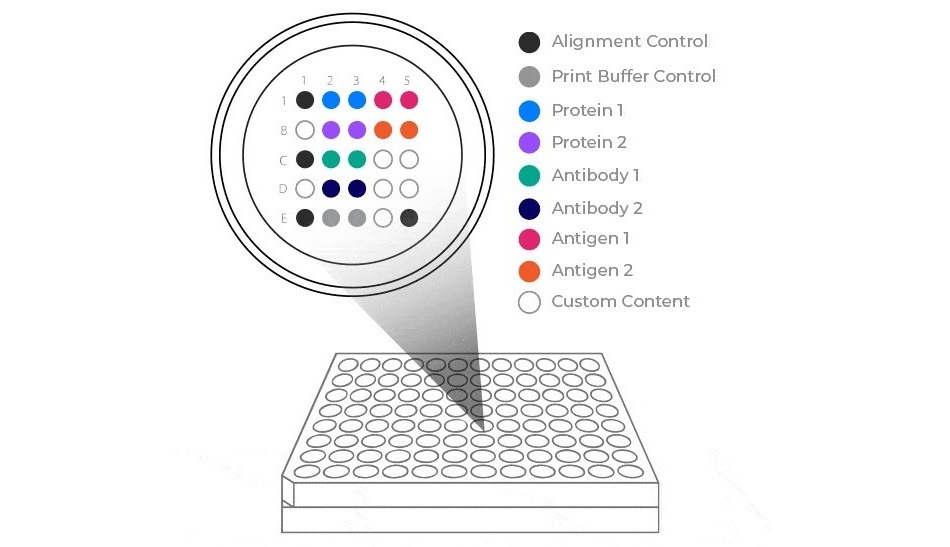Rapid POC STI Test Detects Chlamydia and Gonorrhea Simultaneously in Two Minutes
Posted on 30 Oct 2023
In 2020, the World Health Organization reported that over half of the estimated 374 million new sexually transmitted infections were either chlamydia or gonorrhea. These diseases often show no symptoms and can co-exist, posing a significant health risk. If left untreated, they can cause irreversible damage to a woman's reproductive system. Gonorrhea, increasingly resistant to antibiotics, can even be fatal if it spreads to the blood and joints. Despite the high incidence, there are currently no quick tests for either condition. However, this might soon change with the introduction of a lateral flow biosensor that can detect nucleic acids present in chlamydia or gonorrhea from cervical and vaginal swabs in just two minutes.
Existing point-of-care tests for these infections often don't work as well as they should and are not ideal for routine screenings during regular medical visits. Currently, standard tests rely on molecular techniques to detect bacterial nucleic acids but can be costly and time-consuming. Researchers at The Pennsylvania State University (University Park, PA, USA) have announced the development of the first rapid tests for gonorrhea and chlamydia. The tests use a lateral flow biosensor, similar to those in at-home COVID-19 tests, to identify nucleic acids from chlamydia or gonorrhea in swab samples within minutes.

Just like a COVID test, the sample does not need pre-processing before being placed in a liquid that allows the contents to flow laterally from a reservoir over a sensing strip. This strip has specially designed fragments of nucleic acids, known as single-stranded oligonucleotides (ssDNAs), that have a strong affinity for specific genes found in various strains of chlamydia and gonorrhea. These ssDNAs change color when they bind to target nucleic acids, indicating a positive result. This technology was validated using an absorbance-based assay; each ssDNA probe was linked to a gold nanoparticle which has unique optical properties and changes color when the probe binds to its target. The gold nanoparticle also increases in diameter and aggregates with other probe/nanoparticle sensor complexes to strengthen the signal and deepen the color change.
In clinical tests involving 60 anonymous samples, the rapid tests correctly identified chlamydia and gonorrhea every time, with no false negatives. The specificity was slightly lower, at over 97%, meaning there were a few false positives. However, these results are as good as, or better than, current molecular tests like polymerase chain reaction or nucleic acid amplification tests. The researchers also mentioned that the test's design can be tweaked by altering the synthetic DNA sequences in the ssDNAs to identify other pathogens.
“The development of a point-of-care diagnostic method based on nucleic acid detection with high sensitivity, specificity and usability is urgently needed,” said Dipanjan Pan, a researcher at Penn State who led the study. “Moreover, since co-infections occur frequently — up to 50% of the time — and have similar symptoms, simultaneous identification and detection of both pathogens is more efficient and cost-effective. To combat the current epidemic of these STIs, it is vital to develop a rapid point-of-care diagnostic assay that can detect chlamydia and gonorrhea simultaneously.”
Related Links:
Penn State













